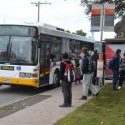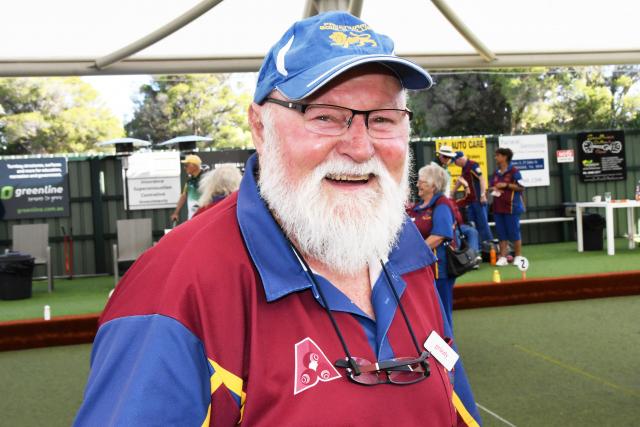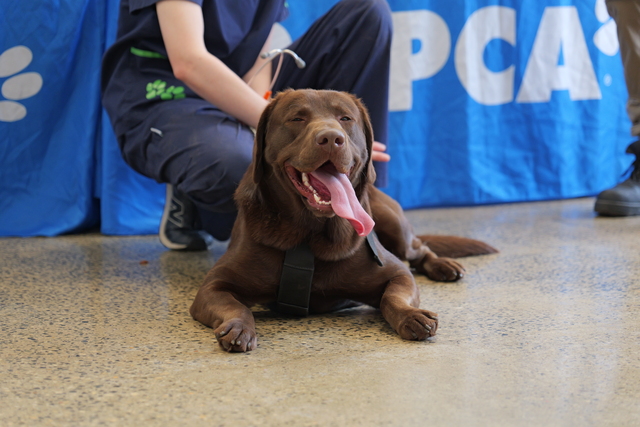By Cam Lucadou-Wells
A mighty backlog of roads and public transport upgrades are high on Casey Council’s wish-list ahead of the 2018 state election.
At the head of its “structured, targeted and resourced” lobbying campaign is a rail extension to Clyde’s rapidly-growing corridor within five years and up to $2 billion for arterial roads.
Cr Amanda Stapledon told a 9 November council meeting that state politicians needed to know that residents were “sick to death of being stuck in traffic”.
The community had spoken strongly of the need for local jobs and better transport options, she said.
“The one thing we’re true to is standing up for our residents.”
The rail upgrade comes at an estimated cost of between $1 billion and $3 billion, but serves an area growing at 1200 dwellings a month, a council report stated.
“Planning for delivery of the project must start immediately if public transport is to be established as a realistic travel mode for this emerging community.”
Casey is ranked fourth-last for per-capita public transport services, according to Monash University Public Transport Research Group research.
As for roads, Casey’s six priorities include an extension of Dandenong Bypass, Glasscocks Road and Thompsons Roads into employment areas in Dandenong South and Cardinia Road.
The council also seeks duplicated sections of Narre Warren-Cranbourne, Berwick-Cranbourne, Pound, Greaves and O’Shea roads.
It would be equivalent to a $1.8 billion package for Melbourne’s Western Suburbs recently announced by the State Government.
“Unfortunately since (the Western suburbs) announcement the State Government has been silent on when the South-East … package would be announced,” the council report stated.
Casey will also lobby to improve the “low” frequency of public bus services.
In its report, the council described bus services and patronage levels as “poor” despite 2016 improvements.
“An ongoing and sustained program of bus improvements is required to … also ensure buses are delivered into new residential areas and estates before private motor car travel patterns become embedded.
“In order to achieve a liveable city, all residents should have an alternate option to the car.”







